Immersed in Media
Resource Pack
This lesson plan is designed for a 30-minute session in which students experience 360 film via Google Cardboard VR glasses.
Teachers can complete this online form for a copy of the resource pack which includes 8 Google Cardboard glasses for use with your pupils and printed copies of the Lesson Materials.
You can also Download the Lesson Plan here:
Download Lesson Plan HereHealth and Safety
It is always recommend sitting when participating in VR experiences. It is also useful to consider having pairs of students working in partnership through the activities. A partner creates an additional safety measure because the partner who is observing can ensure that his or her partner is safely experiencing the VR content.
Before starting, create a list of dos and don’ts.
• No standing up.
• If you are starting to feel dizzy or getting a headache, take the headset off.
• Do not flail hands or legs around to avoid causing potential accidents. Virtual reality can sometimes be an intensely emotional experience. Remind students that if they are feeling overwhelmed, it’s OK to stop.
Learning Objectives
-
Understand how creating stories for virtual reality (VR) film, requires different techniques when compared to traditional filming methods.
-
Analyse the techniques that VR films use to direct and guide viewer attention towards action and plot development
What is VR?
With immersive technology we have new ways to tell stories about the world around us and interact within the digital world. 360-degree virtual reality, also known as 3DVR
or stereoscopic VR, has enabled storytellers to build compelling content. For example, journalists can use 360-degree VR to evoke empathy in people and encourage support of global and social issues such as mental health, human rights, diversity, and climate change.
The impact of these tools can be powerful, so it is important to understand how an overall message or story is communicated using this medium.
Understanding 3D Space
Introduce the students to how 3D space operates in the virtual reality (VR) environment. The 3D virtual reality space is different from 2D screens and as a result, creating stories for VR needs a new set of rules to build a meaningful user-centred experience. One of the most central ideas to the building a meaningful cinematic VR experience is the ability of the director of the film to predict and indirectly control the user’s direction of viewing.
Some of the key changes in moving from a traditional 16:9 cinematic frame to a 360-degree VR cinematic experience are explained in this introductory film by Alan Hook, Senior Lecturer in Interactive Media.
It is recommended that you watch this film with students before completing the worksheet in the Resource Pack.
Study Media at Ulster
Interactive Media BSc (Hons)
UCAS Course Code P310
The Interactive Media course at Ulster University is a unique multidisciplinary degree that gives students the knowledge and skills to work across a wide range of media and technical disciplines in the creative media sector, including TV and film production, graphic design, animation, storytelling, digital media content production, web design, interactive documentary, and AR and VR experiences.
The course is designed to enable and guide students to discover their own specialism within the creative media sector, while working closely with and understanding the roles of all creative media design and production disciplines.
Find Out MoreJournalism BA (Hons)
UCAS Course Code P500
The Journalism course at Ulster combines theory and practice. Students learn news-gathering, writing and editing for television, radio, print and online. The course encourages students to think about why journalism is important, and who makes the news and why? Our practice staff come from a news background and bring real life experience into their teaching.
The subject can be studied as a single honours degree, or a major subject with a minor in English, History or Education.
Find Out MoreContact Us
Interactive Media Course Director:
Dr Helen Jackson
Journalism Course Director:
Leona O’Neill
E: leona.oneill@ulster.ac.uk


